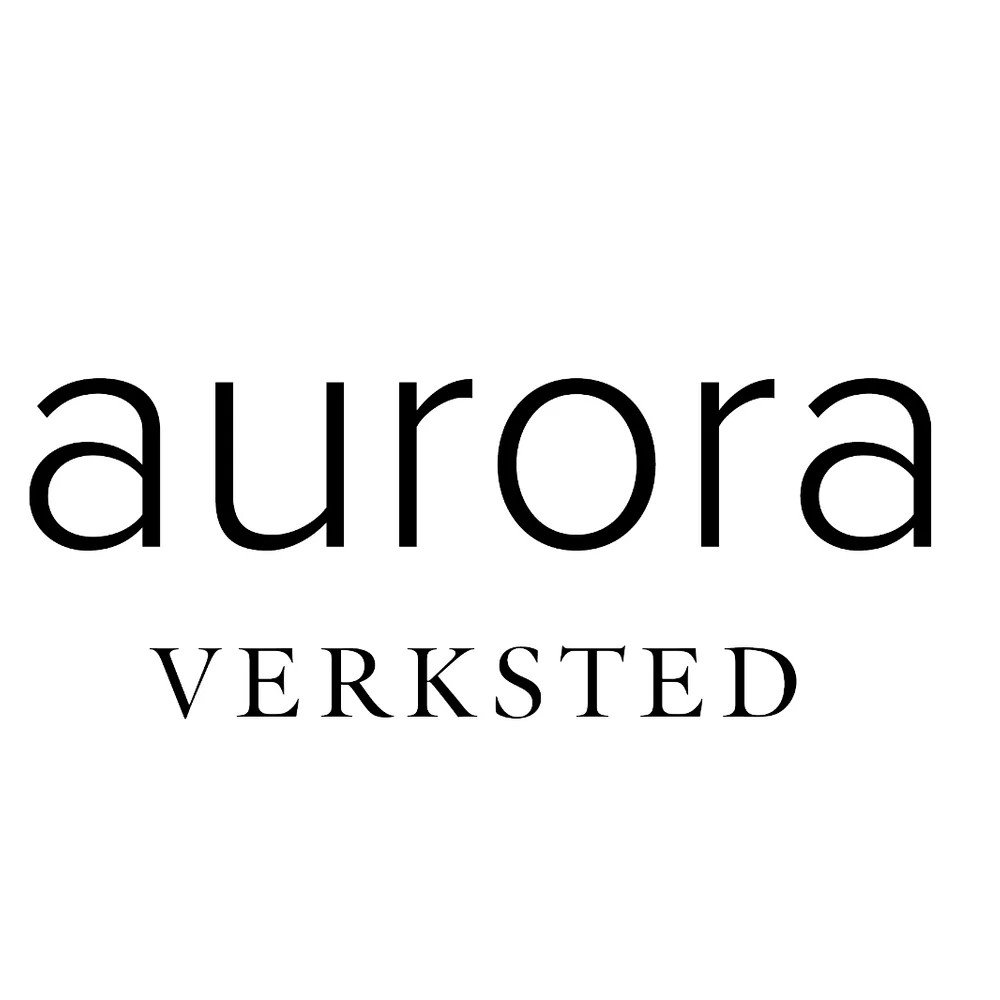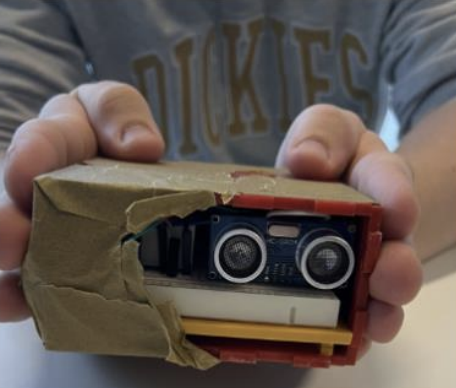Designing for Inclusion: A Collaboration with Aurora Verksted
As part of the Transformative Design course at the University of Oslo, our team explored how technology can empower inclusive and creative workplaces. We partnered with Aurora Verksted, a company working at the intersection of care, art, and craftsmanship. Through co-creation, prototyping, and iterative design work, we developed a set of accessible solutions tailored to their needs.
A bit about aurora Verksted
Aurora Verksted is a social enterprise based in Bærum, just outside of Oslo. Since 1987, they’ve created meaningful workspaces for people with disabilities, focusing on creativity, inclusion and community.
Their team includes designers, artists, craftspeople, social workers and educators, all working together to support a diverse group of participants in their daily work. Every product – whether it’s textiles, ceramics, woven rugs or paintings – is handmade and designed with care, based on the skills and interests of those who make them.
The process
Our process began with immersive research at Aurora’s workshop in Bærum. We spent time observing the space, talking to staff, and understanding how different workers interact with tools and machines. This helped us identify pain points and map out opportunities.
We then moved into an explorative design phase using tools like Miro and Figma to create early concepts and gather feedback. One of our first ideas was a low-code outfit recommendation app, built using Appfarm and powered by ChatGPT, where users could input colors, patterns, and occasions to generate combinations from Aurora’s clothing catalog.
As the project progressed, we shifted focus to a more pressing issue: the physical interface challenges with their knitting machines.
The problem
Through site visits, observation and interviews with staff and participants, we began identifying specific challenges in their daily work. Many of the machines they use are vintage and rely on physical buttons that were either expensive to replace or difficult to use for workers with different physical abilities. This became our main design focus: How might we make their textile machines more accessible and sustainable
Our solution
To meet the diverse accessibility needs at Aurora Verksted, we developed three interaction solutions for their vintage knitting machines. The large button was designed for users with limited coordination but strong arms. Its wide surface area made it easier to press without precise targeting, while still requiring some force to activate. The small soft-touch button was tailored for users with fine motor control but reduced strength. It was compact and required only a gentle touch to function. Finally, for those unable to use buttons at all, we built a motion sensor that detected hand movement to trigger the machine. This solution was developed through on-site prototyping using Arduino, 3D printing and laser cutting. All components were built to be both affordable and easy to reproduce, reducing costs by up to 95%






